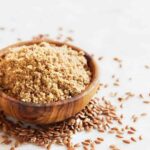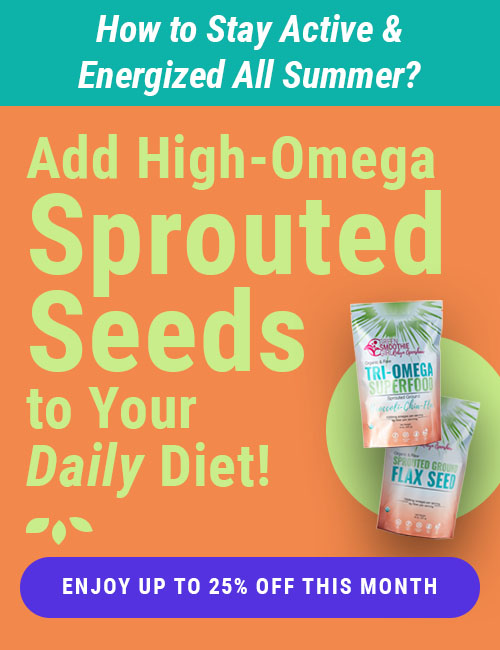cardiovascular health: nature vs. nurture
I went to give blood today, hoping that my always-borderline hematocrit was high enough. It was. Though one point lower and I’d have been rejected–again. Like most other things the RDA does, those hematocrit averages aren’t based on the ideal, but rather the average. The averages are, of course, of a heavily meat-eating population with (IMO) a too-high iron concentration in the blood. By USRDA standards, though, a 120-lb. woman needs 44 grams of protein daily, and a 150-lb. man needs 55 grams. The average American gets 100 grams daily! A higher hematocrit is just one result of the tragic false education of the American public that has led to a lethal diet.
As usual, the Red Cross worker took my resting heart rate, and then took it again. Do you exercise a LOT, she asked? Well, six days a week, I answered. Then she called the supervisor over to do an override, since the computer does not believe them when they input my resting heart rate of 45. The supervised asked: are you a runner? I answered in the affirmative.
Sure, good heredity plays a part. It’s nice to have blood that moves languidly through clean blood vessels, not straining inflamed heart muscle.
But according to the literature, environmental influences play a much bigger role in heart disease than genetic ones do, and fortunately, you can control that with five things. Don’t drink or smoke, and bring your weight into the healthy range. Get the blood pumping and muscles and heart toned with exercise: ideally, three things:
(1) cardio (walking, running, Stairmaster, aerobics)
(2) weight-bearing (Nautilus and free weights)
(3) lengthening and toning (yoga or Pilates).
And of course, eat more unrefined plant foods and fewer animal and refined foods.
Thing is, I didn’t have good cardiovascular measurements at ALL when I was 26 years old. I got pregnant after 5 years of trying, lost one of my twin babies in the first trimester, and was afraid to so much as sneeze thereafter. I didn’t exercise, the whole pregnancy. I indulged all my demonic cravings–for stuff I’d never eaten in my life. Burgers/fries and 7-11 nachos were my two favorites. (Haven’t eaten either one before or since–go figure!) Sometimes at night I’d eat half a pint of Ben & Jerry’s.
You guessed it: I gained 65 lbs. during the pregnancy, had horrible edema (swelling) and drastically increased blood pressure. I basically sat around like Jabba the Hut, watching TV and bossing the poor guy who got me pregnant (I figured he owed me), and my sister (who was entirely innocent), to get me stuff. People don’t believe me, so I haul out the photos of the day that sweet little 9-lb. baby was born. They shriek with horror.
That’s right. I was my very own version of Supersize Me, my blood sugar was out of control, and my blood pressure was higher than the national average (120/80), even though I’m usually 95/55). All that in a few short months.
And DH? At the time of our wedding, he was 22 years old, a 6’4″ tall, 257-lb. college offensive lineman. He had high blood pressure and a family history of heart disease (aunt, father, grandparents). Eating what I fed him (whole plant foods for all but the aforementioned one year), he’s had low cholesterol and very healthy blood pressure for 20 years.
My point? Obviously heredity is not the most predictive factor for heart disease.
Posted in: Exercise, Health Concerns, Whole Food














No comments found, but you can be our first!